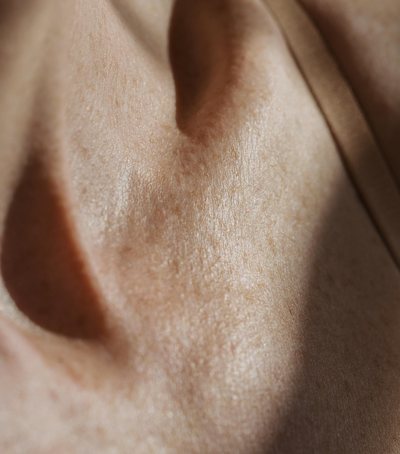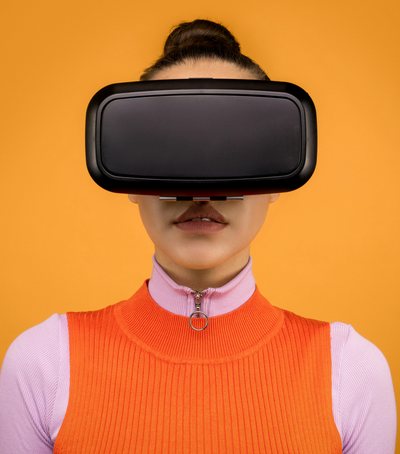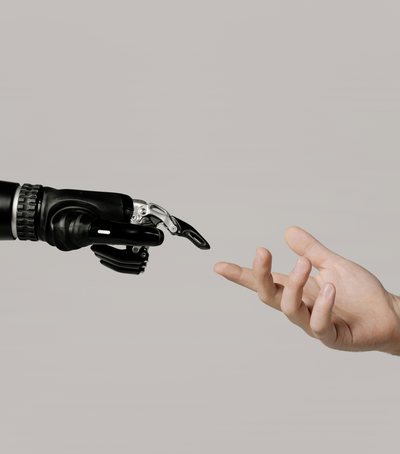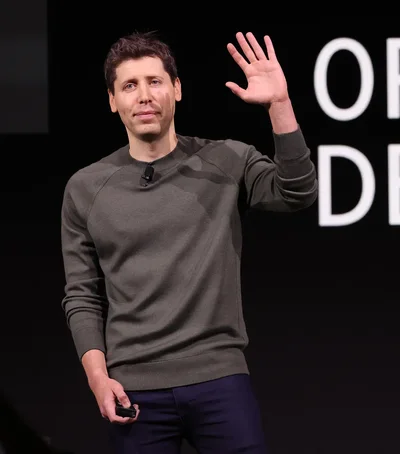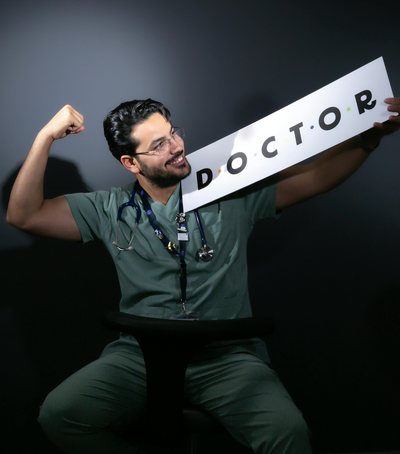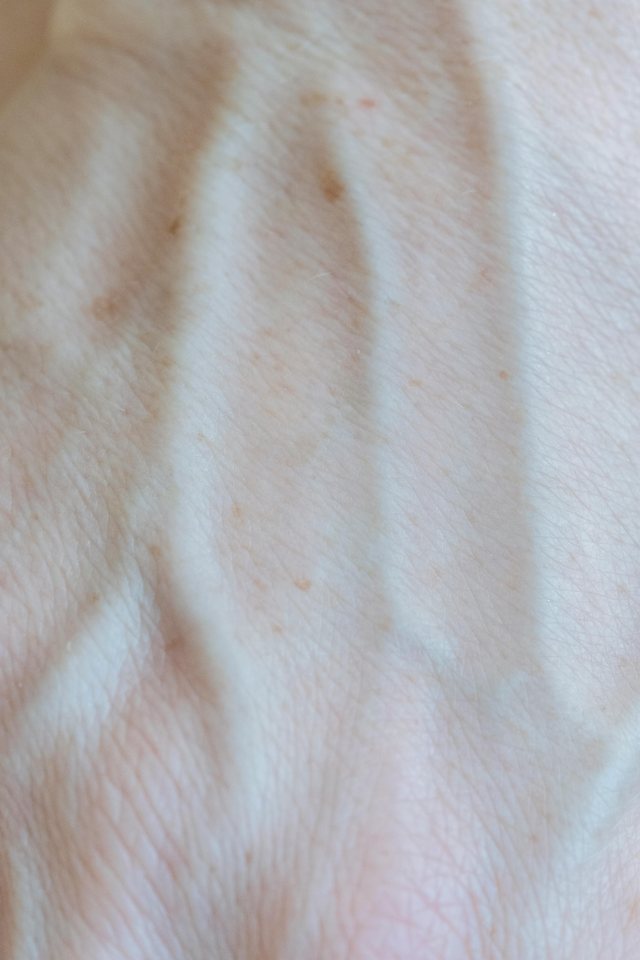
On the border between science and miracle, regenerative medicine is changing the way we understand life and healing. It no longer seeks to simply treat disease, but to rebuild the body itself—cell by cell, organ by organ. What once seemed like science fiction is now a growing reality: organs grown in the lab.
Cells that know how to heal
At the heart of this revolution are stem cells – the first cells, “unencumbered by fate”, that can turn into any type of tissue: skin, muscle, bone, even parts of the heart or liver. Thanks to them, scientists have already managed to regenerate skin for burn patients, repair blood vessels and create functional mini-organs in the laboratory – so-called organoids.
The road to artificial organs
The next big step is to create whole organs for transplant, without the need for donors. Using a patient’s own cells, doctors are experimenting with growing organs into 3D structures—a process that mimics the way organs develop in the human body. So in the near future, a patient in need of a new kidney or heart could receive one from their own cells, avoiding immune rejection.
Medicine that restores hope
This new approach opens up great horizons for the millions of people waiting on transplant lists. But beyond the numbers, regenerative medicine is a human hope – a way to give the body the power to heal itself. It unites biology with technology, ethics with innovation, and takes medicine to a new dimension: no longer just to heal, but to create new life.
The coming future
In laboratories around the world, beating mini-hearts, breathing lung fragments, and tissues that react as if they were alive are already being grown. Every day, science is getting closer to a reality where the word “incurable” will lose its meaning. Because, very soon, the body will be able to recreate itself.
Ultimately, this development reminds us of something profound: man is learning to rebuild life, but with the same humility that nature itself demands. Because, perhaps, the future of medicine is not to challenge nature – but to help it do what it does best: heal.
Photo by Angela Roma : https://www.pexels.com/photo/small-veins-under-skin-surface-7479986/

